As the holidays grow nearer, if you haven’t already decked the halls with festive baubles and garland, now’s the time! Christmas barn decorations are a great way to bring the festive season to your favorite place, but when deciding just what types of decorations you want to use, it’s good to have a refresher on safety.
As every equestrian knows, the most lavish and colorful Christmas stall ideas are irresistible to our four-legged friends, with their propensity for chewing, pulling, playing with, and completely destroying dangly or fun stall hangings… any of which can cause physical harm such as broken glass in the mouth. On the other hand, there are digestive dangers to consider as well, if you’ve decided to go with fresh garland, wreaths, pinecones and other plants or organic greenery to spruce up your barn aisle.
To help you keep your critters safe, we have a year-round list of plants toxic to horses, followed by holiday season specific dangers.
10 Most Poisonous Plants for Horses
- Oak Trees – From the Quercus species, oak trees, while not highly palatable to your horses pose a toxic risk for a variety of reasons. Oak buds in the spring, and green acorn hulls in the fall are most toxic to your livestock. Acorn poisoning in horses is caused by young acorns which are high in hydrolysable tannins. Toxicity can cause colic, edema, diarrhea, and other more serious ailments.
- English Ivy – Officially known as Hedera Helix, it goes by many common names such as English, California, and Branching Ivy. It’s a beautiful landscape and flower arranging plant, but it’s also highly toxic to horses when consumed in high quantities. Fortunately, it’s also highly unpalatable - but care should still be taken, as we know the critters will sometimes eat anything!
- Red Maple – One type of tree poisonous to horses is the Red Maple. The leaves, which are considered more toxic in the fall when they’re dried and withered, can cause Hemolytic Anemia. The disease can be fatal in a matter of days. If you decide to go the ultimate route in safety on your property, and removing trees like the Red Maple or Oaks from your paddocks is your plan of action, consider your ground stabilization options in place of root systems. Large trees are important for soil stabilization, so removing them may require something like our innovative soil stabilization panels to keep your paddocks from washing away.
- Bracken Fern – Bracken Fern toxicity is fairly rare in horses, but if grazing opportunities are minimal, horses can and will ingest the plant. The plant is found nation-wide, being more prevalent in temperate climates.
- Black walnut – Another tree toxic to horses is the Black Walnut tree. Differing from most other plants and trees dangerous to horses, this trees symptoms show as laminitis in your horse. Toxicity is through the hooves, so ensuring your shavings do not contain black walnut is imperative.
- Chokecherry – Chokecherry and other variations and members of the cherry group contain leaves and bark that are toxic to most animals. Cyanide is the main chemical component that causes illness from toxicity.
- Sorghum Grass - Species of Sorghum Grass (Sudan, Johnson and Milo) are toxic to horses, causing neurological issues due to the (suspected) nitrile and nitrate levels in these types of plants.
- Poison Hemlock – Tremors and colic are a few of the initial signs of Hemlock poisoning in horses. These symptoms are generally seen within an hour of ingestion.
- Buttercups - Another group of plants poisonous to horses are Buttercups. The plant is another considered to be unpalatable to horses, but if grazing opportunities are poor they will consume buttercup. Colic and diarrhea are common symptoms initially seen due to toxicity.
- Nightshade – Another plant that is not particularly tasty to horses is the Nightshade plant. Commonly, parts of the plant end up mistakenly in baled hay, or through a lack of grazing opportunities. Symptoms of toxicity include tremors, disorientation, convulsions and loss of coordination.
Potential Holiday Dangers
Although they’re pretty and festive, most plants and some garlands common to holiday decorating can be or are always toxic to your horses and house pets. Varieties of yew are evergreen-looking with pretty red or yellow berries, but are highly toxic for horses. All varieties of holly and mistletoe are highly toxic to a variety of livestock and house pets. Poinsettias are considered only mildly toxic to horses, but are extremely toxic to cats and dogs. While not life-threatening, fresh garland or wreaths made of live evergreen or pine boughs have sap that can be a mild mouth irritant.
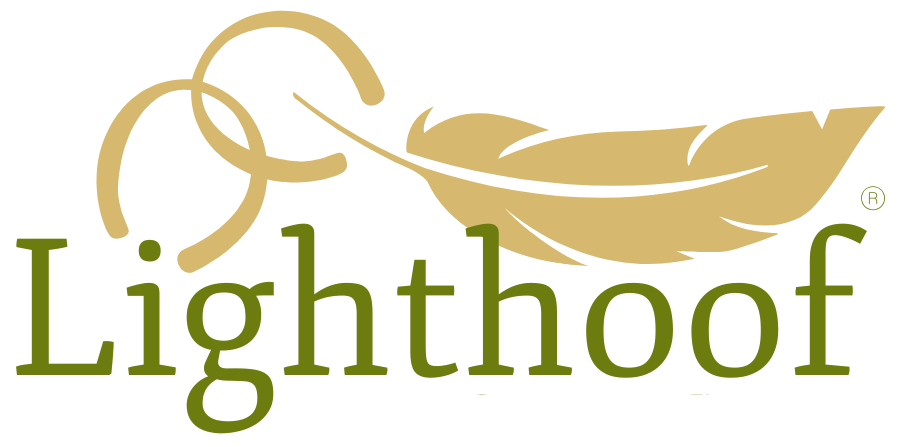
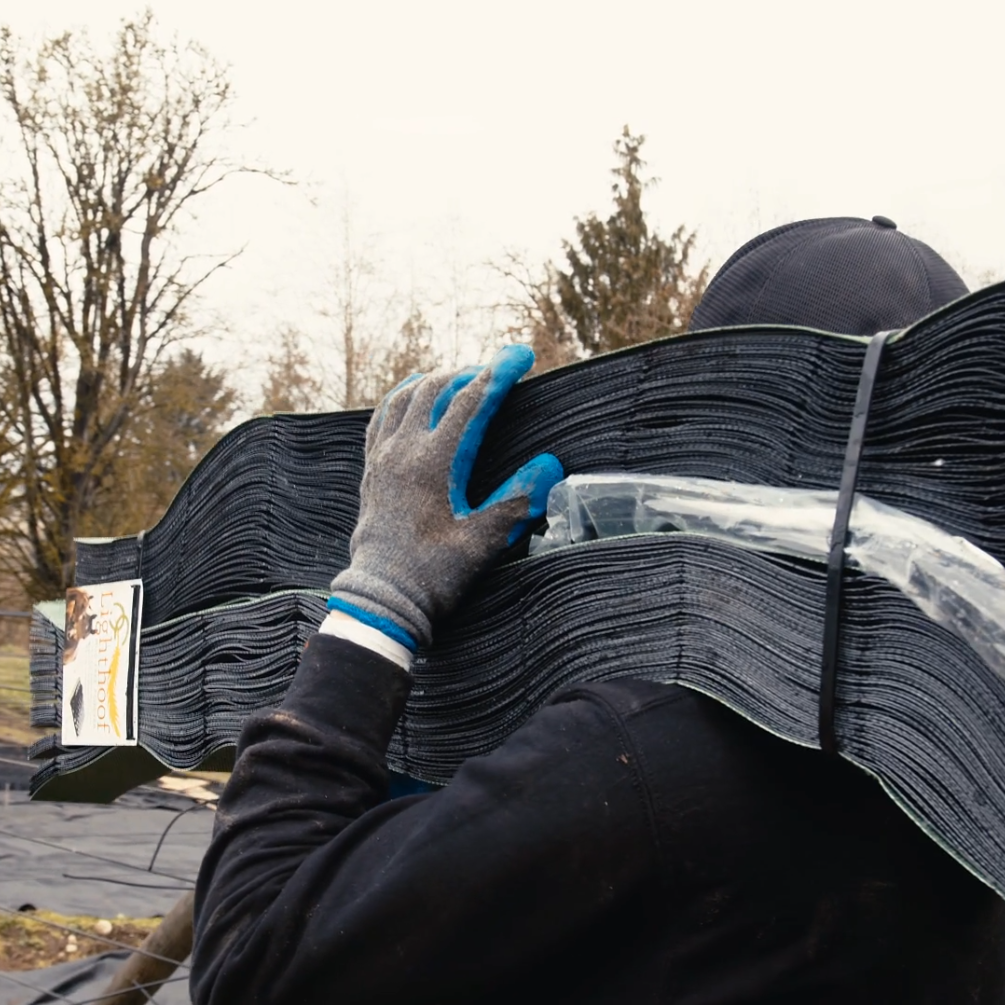
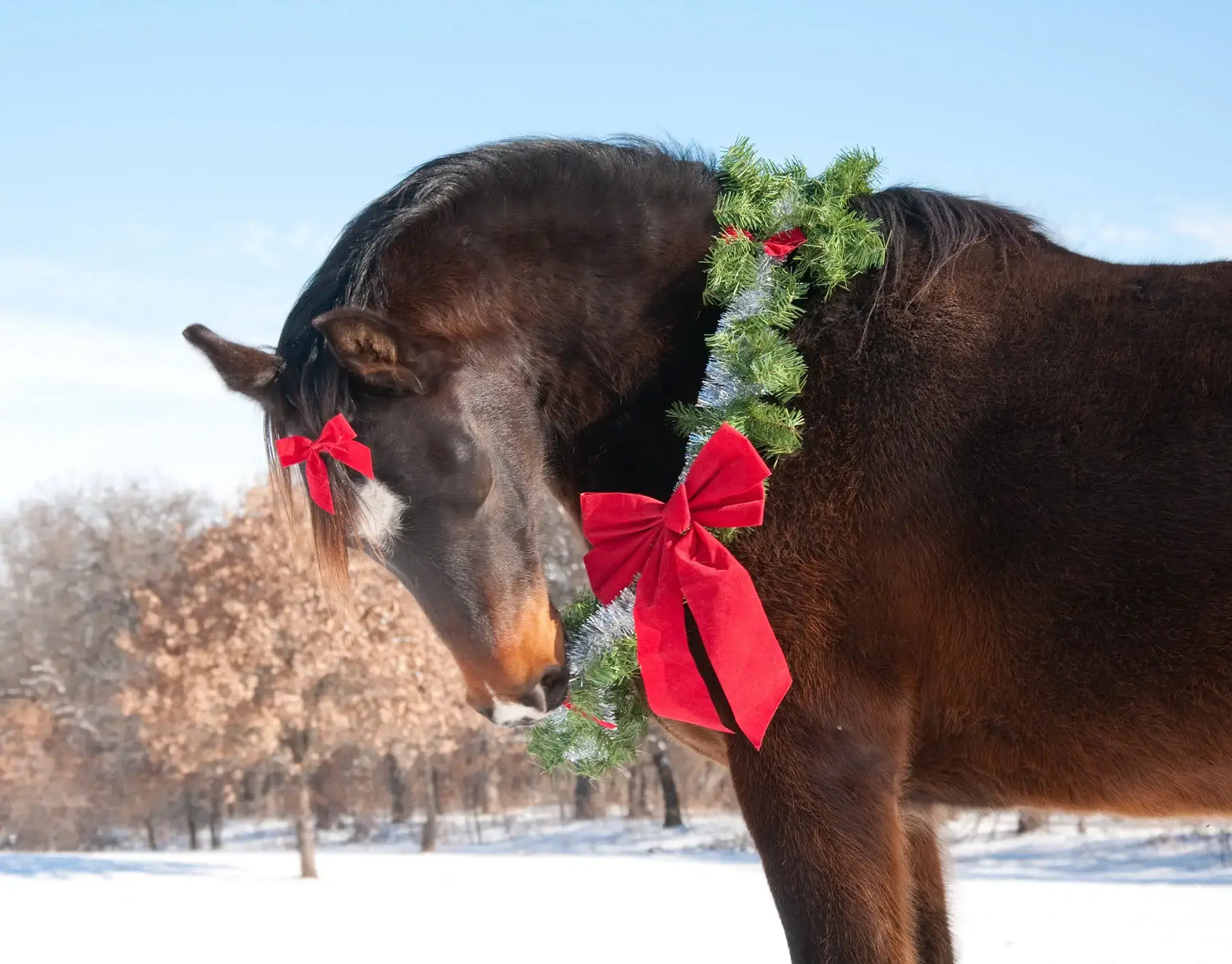
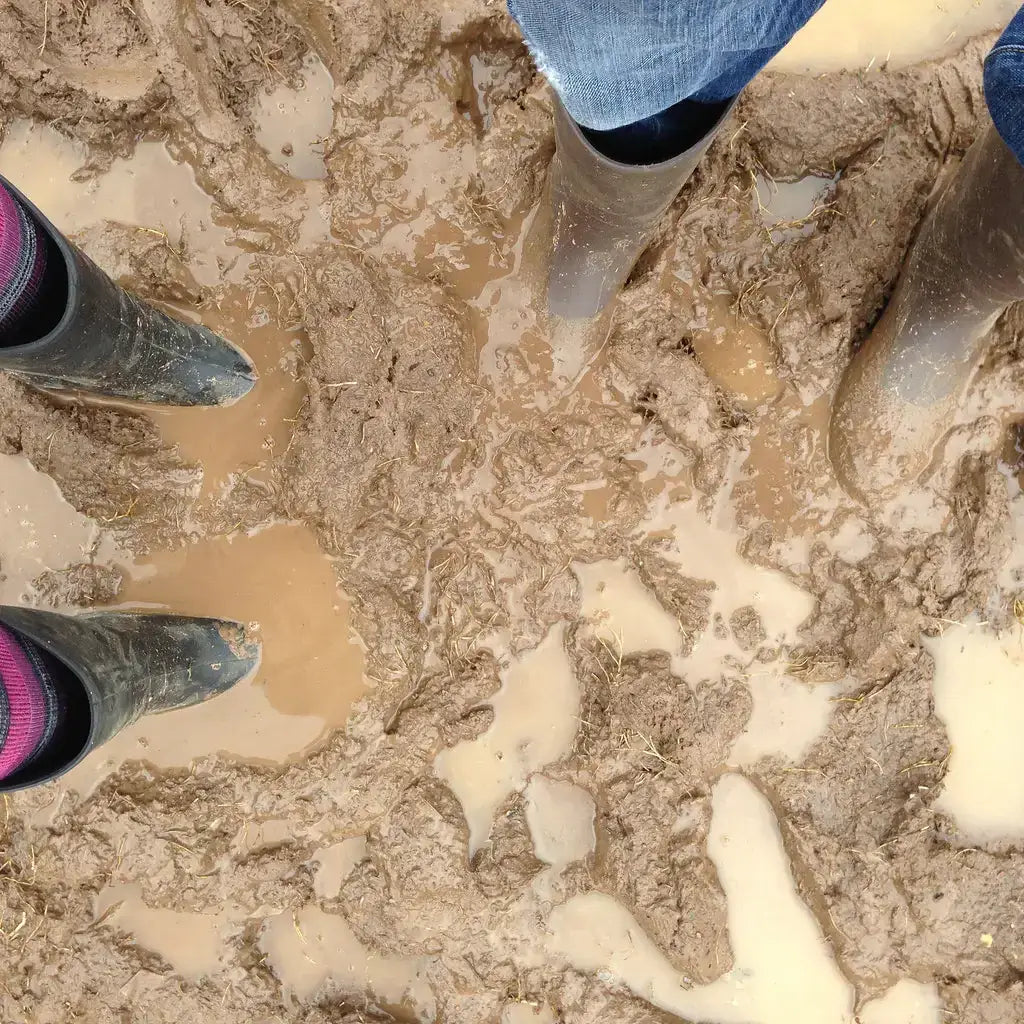
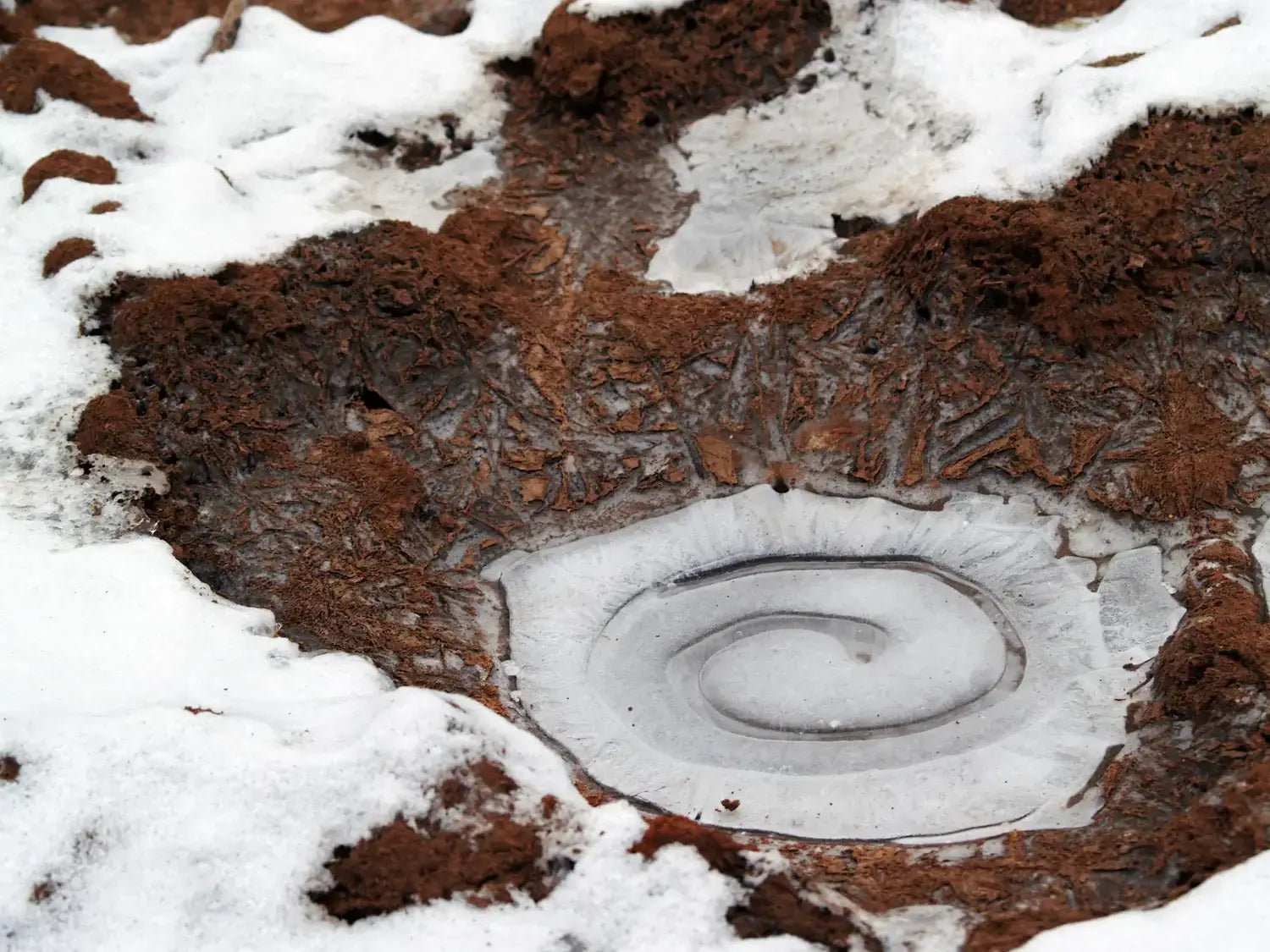
Leave a comment
This site is protected by hCaptcha and the hCaptcha Privacy Policy and Terms of Service apply.